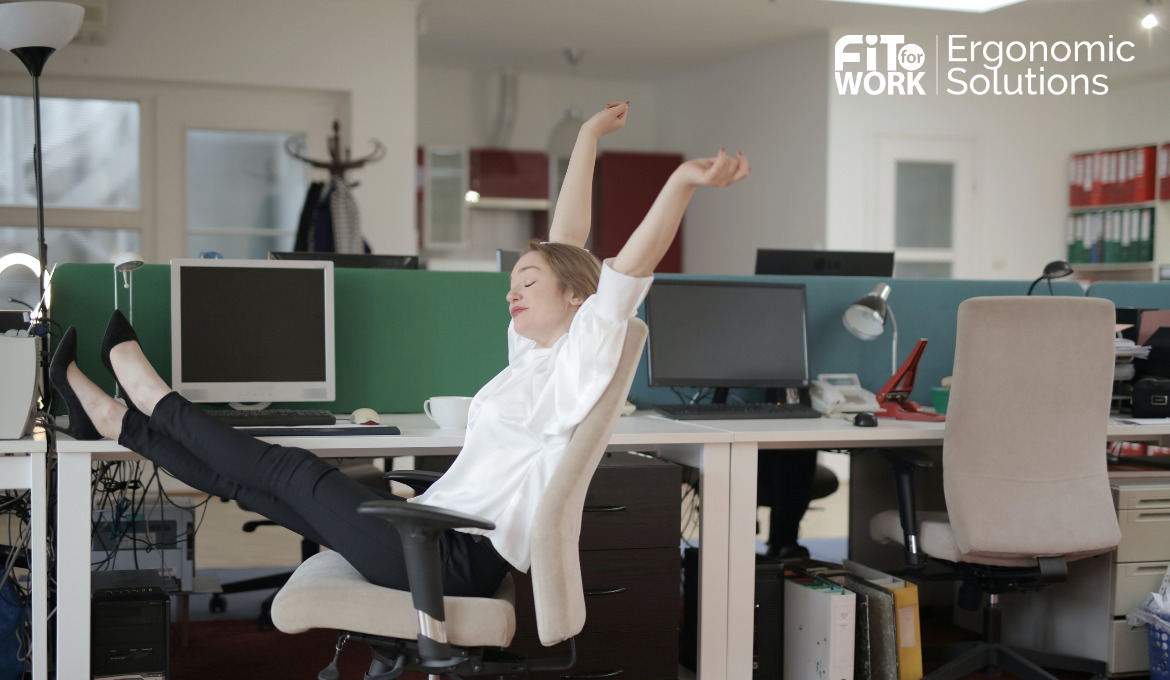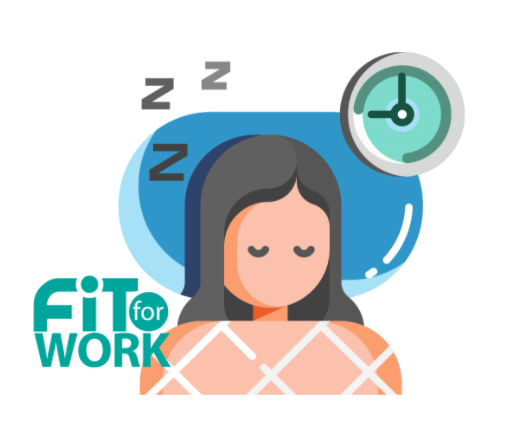Hybrid Work and Ergonomics: Combining Remote Work with Office Work

Estimated reading time: 3 minutes
As workplaces start to reopen, more companies introduce this new concept of 'hybrid' work. What is a hybrid working? A hybrid work model is a plan that incorporates a mixture of in-office and remote work, mostly from home. Employees can choose when they would like to work from home and when they come into the office. Hybrid work tends to include more freedom around when to work as to where. Shifting between your home setup and the office, what does that mean for ergonomics? Manage two desks, transport your equipment and how to manage your time? Read our blog for more information and tips about hybrid work and ergonomics.
Managing two desks
The hybrid model changes from company to company, some people need to share a desk and others return to their old desk when they are at work. With hybrid work, ergonomics stays important. Always take the time to set up your workplace correctly. When you are sharing a desk, it is important to set up your desk every day in a way that suits you. Factors such as desk layout and height, monitor height, adjustable armrests and chairs, and lumbar support are important to avoid discomfort.
Your desk at home is probably already well set up. When you borrowed some equipment from the office and you need to return this, see where you can get creative. Use boxes to lift your monitor, a yoga blog as a temporary footrest or a cushion to adjust yourself to the correct height. Make sure you set yourself up comfortably at both desks. Likely, your office desk and home workstation won’t match exactly, invest in equipment which is suitable for the environment.
Transporting your equipment
Before moving materials, equipment, or even furniture from your office to your home, ask yourself a few questions: Would it be better to have this item at home or in the office? Where do you work more often? Consider purchasing mobile equipment, such as a foldable laptop riser and a small keyboard and mouse. With this equipment, you always work from eye level with an open and balanced working posture. Mobile equipment is easier to transport from work to home or vice versa. Footrests and other larger equipment can be shared in the office, it is important not to take your larger equipment home as this will be a lot of lifting and carrying.
When packing your bag with all your equipment, place the heaviest items closest to your back and the lightest items farthest away. Choose a smaller bag to suit your functional needs. If you use a shoulder back, try to avoid packing the back too heavily.
Time management
Wednesday is an office day for a meetup with colleagues. Thursday is supposed to be a work-from-home day, a chance to catch up on other work tasks or fill up the day with meetings, without interruption from others. Friday is completely up in the air. For some, this is a better work-life balance and for others, this feels more difficult to manage their time. It may sound obvious, but be sure to communicate with your colleagues and map out the days you will be working in the office in advance. Planning the right task for the right environment you can manage your time in a better way. Planning the right task for the right environment is key to making the most of your time.
Talk to your manager and set clear expectations about in-office days, meetings, and activities. Talk with all your team members to figure out logistics such as childcare or other personal issues.
How can Fit for Work help?
For more information about Ergonomics Self Assessment and Education Tool or support to stay legally compliant, reach out to Fit for Work and discover how to help you develop, maintain, and support your ergonomics program. For more information on our Ergonomics Self-Assessment and Education Tool, contact us.










